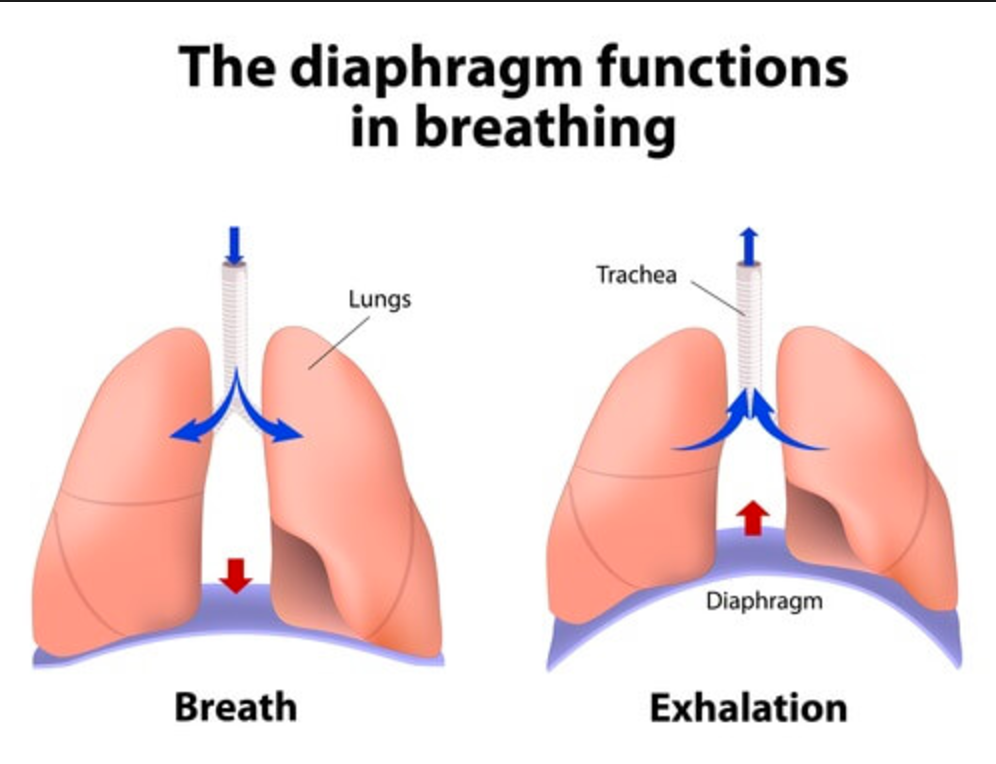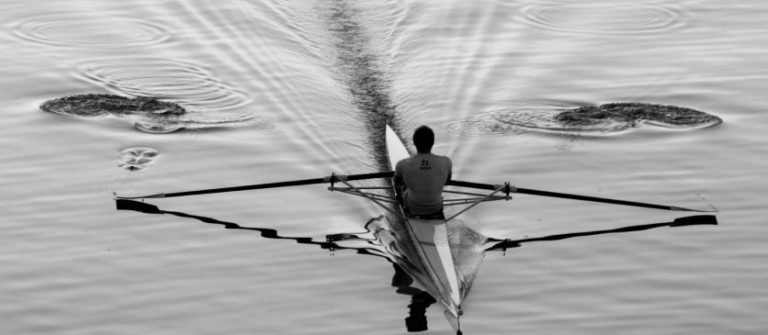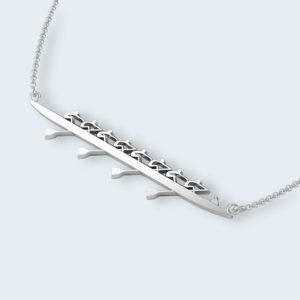Breathing is something that we do every day and most of us don’t even think about when and how we breathe. Breathing


process moves air in and out of the lungs to allow diffusion of oxygen and carbon dioxide. We as human beings require oxygen at cellular level for our body to function. The respiratory center in our brains (Medulla) is responsible for control of ventilation as breathing is often called. Regulation of pH levels in our body is also done through breathing.
Movement of air in and out of the lungs is caused by changes in the thoracic volume.
How does breathing happen?
Inspiration (inhalation) at rest begins with the contraction of your diaphragm and use of external intercostal muscles. Inhalation lowers the floor of the thorax while lifting the ribs up and out and this allows us to take in more air. The opposite happens at the expiration (exhalation) where the diaphragm and intercostal muscles relax and recoil (bounce back to original position) while pushing the air out. In sports and the exercise world breathing is a must and there are several breathing patterns for different sports. Every repetition or exercise should have both an inhale and exhale part.
During exercise inhalation movements are assisted by accessory inspiratory muscles which include neck and trapezius muscles. The function of these muscles is to lift the ribs and clavicle (collar bones) allowing larger amount of air in our lungs during exercise.
Effective breathing for rowing
Rowing is named as one of the hardest endurance sports and proper breathing is very important to be able to sustain the amount of work. As a coach, I always teach my athletes proper breathing technique.
During the rowing stroke the inhalation should be at the catch and exhalation (releasing of the air) should be at the finish when the hands touch the body.
This is something that must be trained daily. For some athletes a correct breathing pattern is harder to learn than the rowing motion and it is the coach’s job to make sure the athlete is breathing properly. This is especially important during hard training loads and workouts.
The best pace to practice breathing is at lower stroke rates 14-18 SPM. This slower pace allows athletes to focus on each part of the breath.
How to train your rowing breathing
During exercise the rowing stroke exhalation should be loud and noticeable. At this point breathing (exhalation) becomes active and forced. This forced exhalation allows smaller intercostal and accessory muscles to stretch which greatly increases the maximal rate and amount of air flow. By forcing the exhalation, we can drastically increase the amount of air without necessarily increasing the breathing frequency. It is important to note that as the rowing speed increases, the breathing frequency should increase as well. You do not want to breathe like fish at stroke rate 32!
Next time when you sit on the rowing machine, pay attention to your breathing!
Your breathing pattern should become mechanical, followed by each inhale at the catch and the exhale at the finish.
Perfect practice makes a perfect result.
Coach Misha.
Originally from Serbia, Misha Jezdanov was a member of the Yugoslavian/Serbian national rowing team for 6 years as a coxswain. Competed at 3 worlds and was world champion in 1995. Misha has been in USA these past 16 years coaching rowing.








This Post Has 7 Comments
Most top rowers use 2 breaths each stroke,- out at the catch and release. I recommend doing this always, even for light work. It becomes an automatic part of your 1:1 work to recovery rhythm. Relax your airway(don’t make a noise) to allow free passage of the air. Breath through your mouth.
If done well your work should not be limited by your air intake.
Have fun!
Thanks for such en lighting me!
Rib stress fracture! A common failing in rowers. The Serratus anterior(SA) muscle pulls on the ribs due to arm movement. The same muscle helps expand the ribs when deep breathing. If we can reduce the latter use by taking shallower breaths we might reduce rib stress. I suggest that 2 breaths per stroke-out at the catch and the release, is as shallow as you can go.
Also relax the arm into the catch to reduce SA use.
Have fun.
!!! I just had an epiphany on my rowperfect today. I started inhaling coming forward, just before the catch, and then just as hands touch chest for finish, exhale. I felt compelled to google it and low and behold ! Corroboration! It was counter intuitive at first, but It actually felt really good once you do it for a bit. And honestly, my epiphany included a little sudden realization of the forces on a boat, even though I have little on water experience. But when if you exhale thru the drive, you begin inhaling at point of max drag, which puts a force on the boat in the same direction. but when to inhale during the drive, the moment the hands the touch the body is still point of max drag, but you exhale their, and you are literally offsetting max drag for by blowing air in opposite direction at that moment. Even on the rowperfect I could tell it was fast. Whoa novel !
Very happy for you Chris and thanks for sharing your findings!
I guess the “catch” is the point at which you start to grab water. For the NEW people, we don’t no the tec terms so we have to guess to start.
Experts usually use a 1:1 in:out rhythm, with 2 complete breaths per stroke. Breathe out when coming in to the catch, and the release. Relax the airway – no noise! Two lighter breaths cheaper than one deep breath.
Use 2 breaths always, even during light work, so that it becomes ingrained.
Have fun.